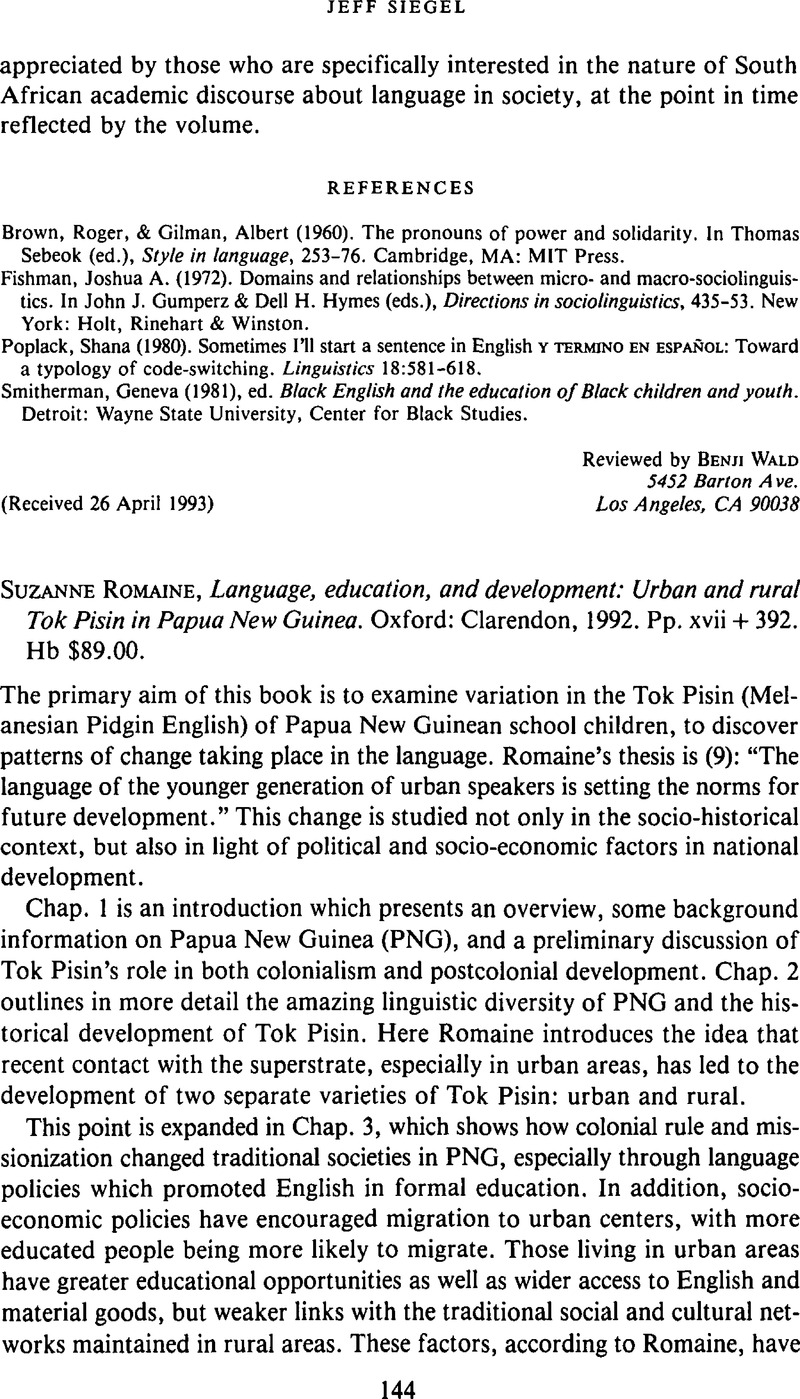Crossref Citations
This article has been cited by the following publications. This list is generated based on data provided by Crossref.
Gardner‐Chloros, Penelope
2020.
The Handbook of Language Contact.
p.
181.



